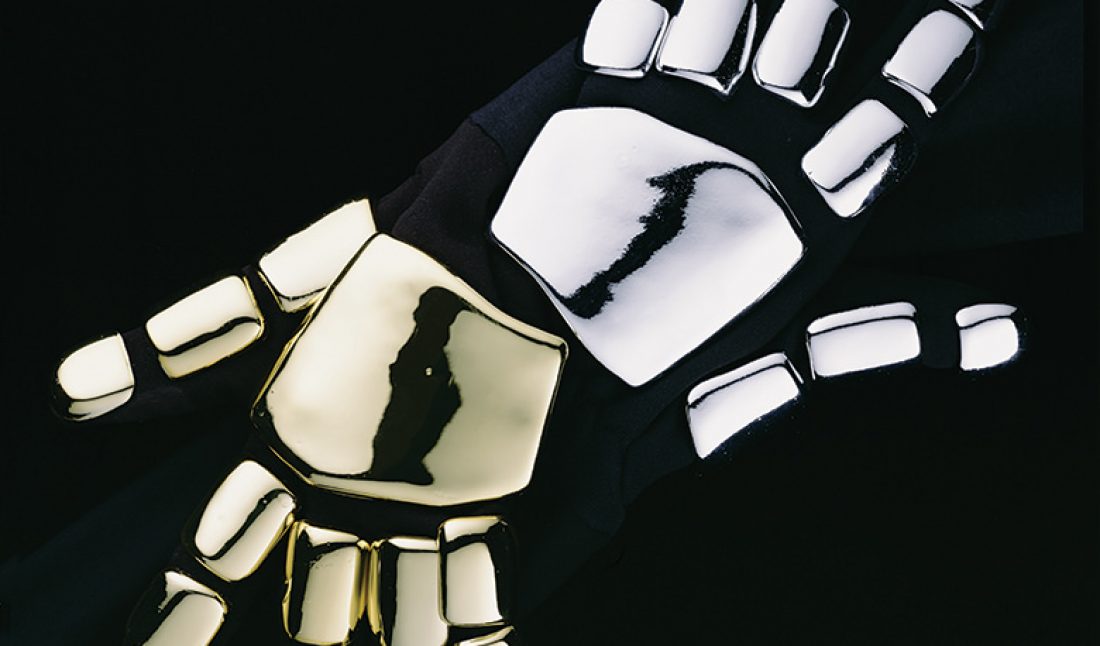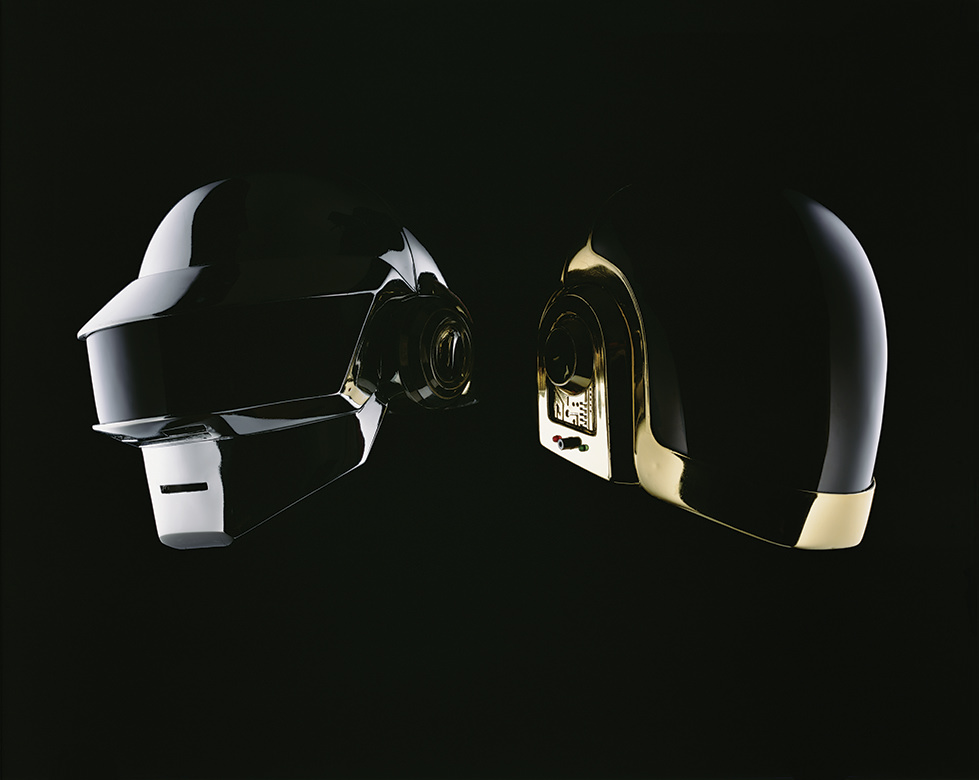Over the weekend, Daft Punk won Record of the Year for Random Access Memories at the Grammys. That inspired us here at Whitewall to revisit one of our coolest features, from way back in the summer of 2009. It was our Issue #14 interview with Daft Punk’s Thomas Bangalter. So, from the Whitewall Vault, here’s an excerpt from the interview by Scott Indrisek and some pretty stellar photographs of the duo’s iconic suits by Mitch Feinberg.
*************
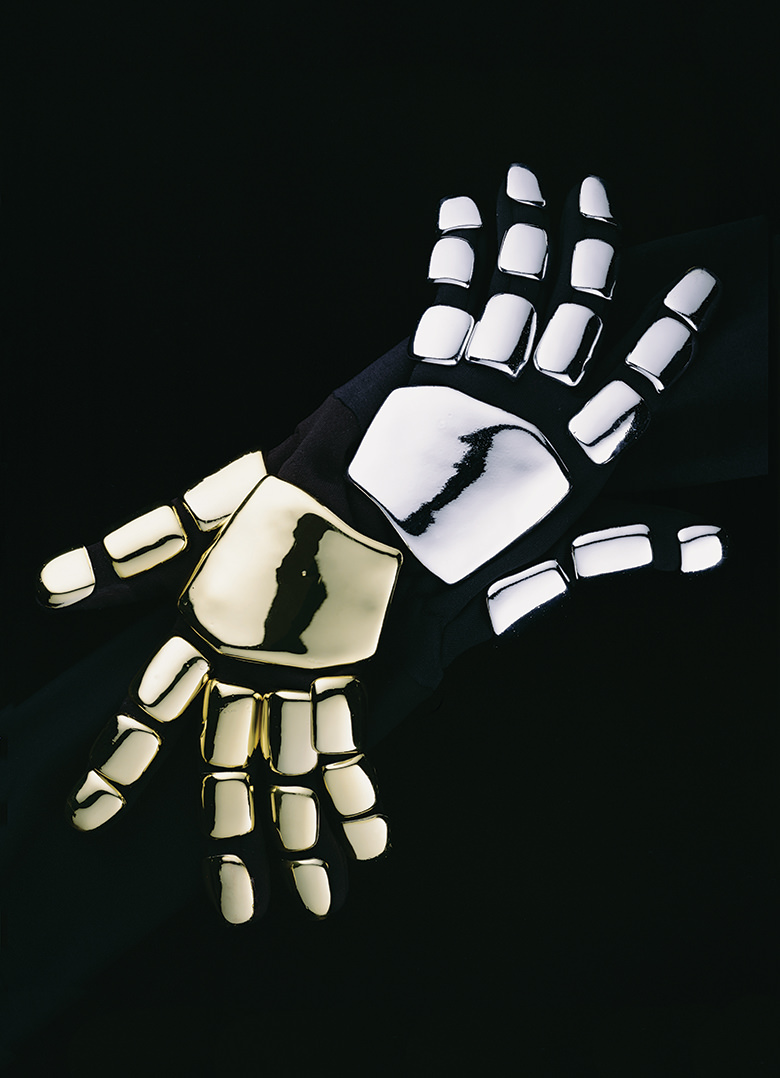 Photograph by Mitch Feinberg
Photograph by Mitch Feinberg
DAFT PUNK
By Scott Indrisek
Photographs by Mitch Feinberg
Few cultural phenomena have enjoyed as much lasting influence as the French electronic music duo Daft Punk. Since 1997, when they released the seminal Homework, Thomas Bangalter and Guy-Manuel de Homem-Christo have ridden a cutting-edge that’s encompassed the music-video-as-art-object (directed by the likes of Michel Gondry and Roman Coppola), elaborate costuming and set design, and intensely choreographed live shows that have earned them a rabidly dedicated fan base. While hit singles such as “One More Time” and “Around the World” secured Daft Punk’s reputation as a mainstream band, there’s always been an air of theatricality and performance about the duo that gives their every gesture an artistic flair. As Bangalter stresses, Daft Punk is a “global process,” a well-oiled machine that encompasses various disciplines and transcends artificial divisions between “high” and “low” culture. That means they can direct the experimental art film Electroma — a story of two beleaguered robots that was shot against the desert landscapes of California — and also perform at the Grammys with Kanye West, who sampled Daft Punk’s “Harder, Better, Faster, Stronger” on one of his own tracks. Bangalter himself is well versed in both worlds, peppering his conversation with references to the directors Luis Buñuel and Brian De Palma and the French critic Jacques Attali.
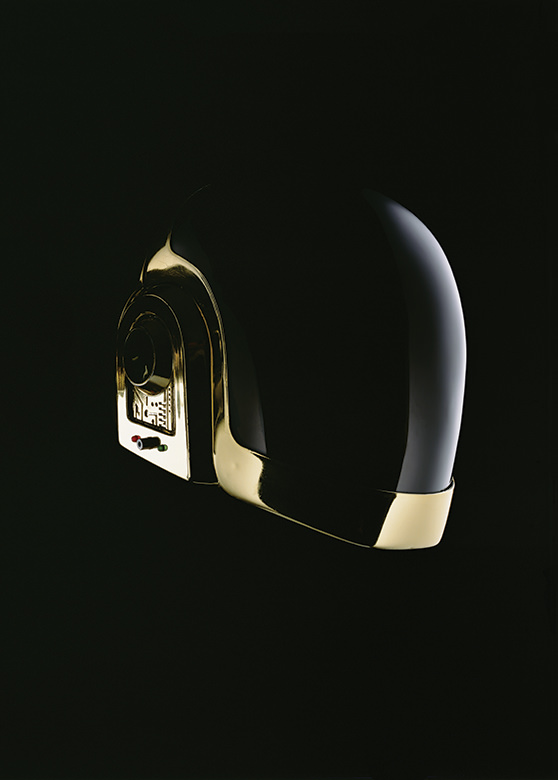 Photograph by Mitch Feinberg
Photograph by Mitch Feinberg
For two men who dress as robots, perform inside a giant, glowing pyramid, and sing through the computerized haze of Auto-Tune, Daft Punk have managed to initiate a surprising ongoing dialogue about the nature of technology, live performance, and the future of electronic music. Whitewall met with Bangalter in New York — sans light-up helmet, of course — for a rare and unguarded interview about the ways in which Daft Punk transcends the music business and becomes a constantly evolving work of art.
WHITEWALL: Do you consider Daft Punk a performance-art duo as much as a band?
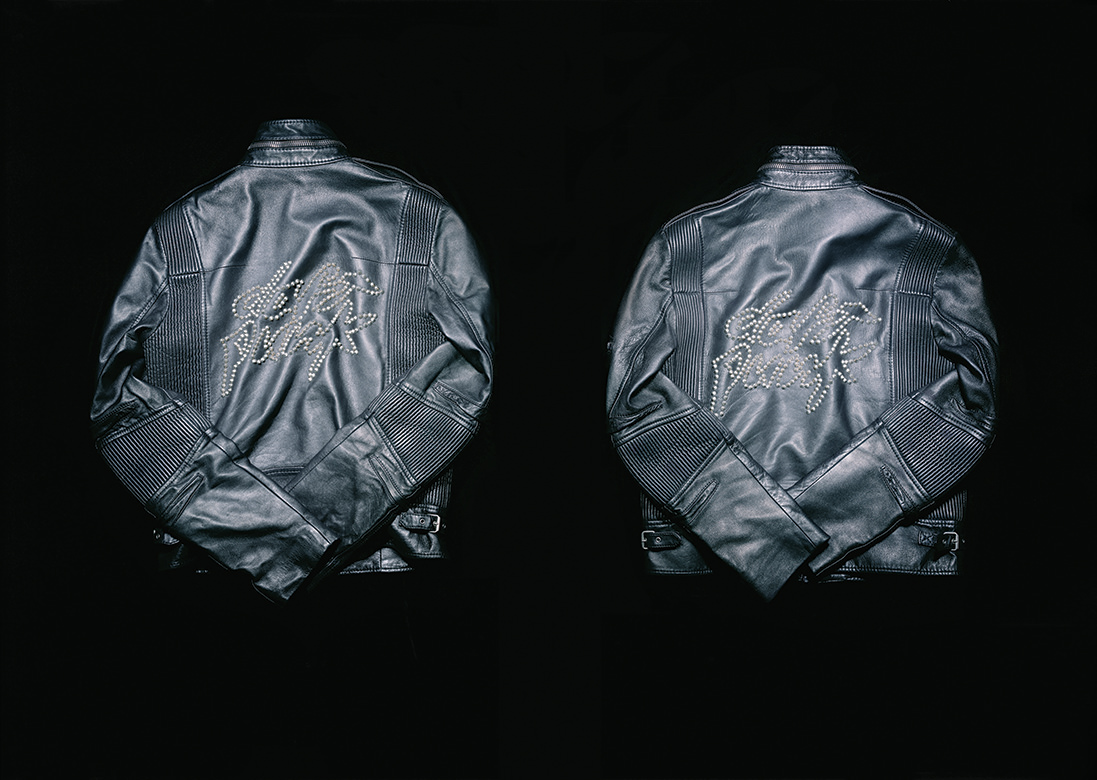 Photograph by Mitch Feinberg
Photograph by Mitch Feinberg
THOMAS BANGALTER: The way we’ve always approached it was as a creative project that really went beyond the music itself — where the music was more like a trigger. By entering into kind of an interactive relationship with an audience, we use the music to then develop these kinds of satellites, these vectors of artistic expression, adding any and every piece of work that we do as a global process.
There are many influences in that aspect. When we were teenagers, 12 or 13, it was Andy Warhol and Pop art, and where he stood between contemporary art and popular culture, mechanical production, mass media. It’s really between art as a craft and also as an industry.
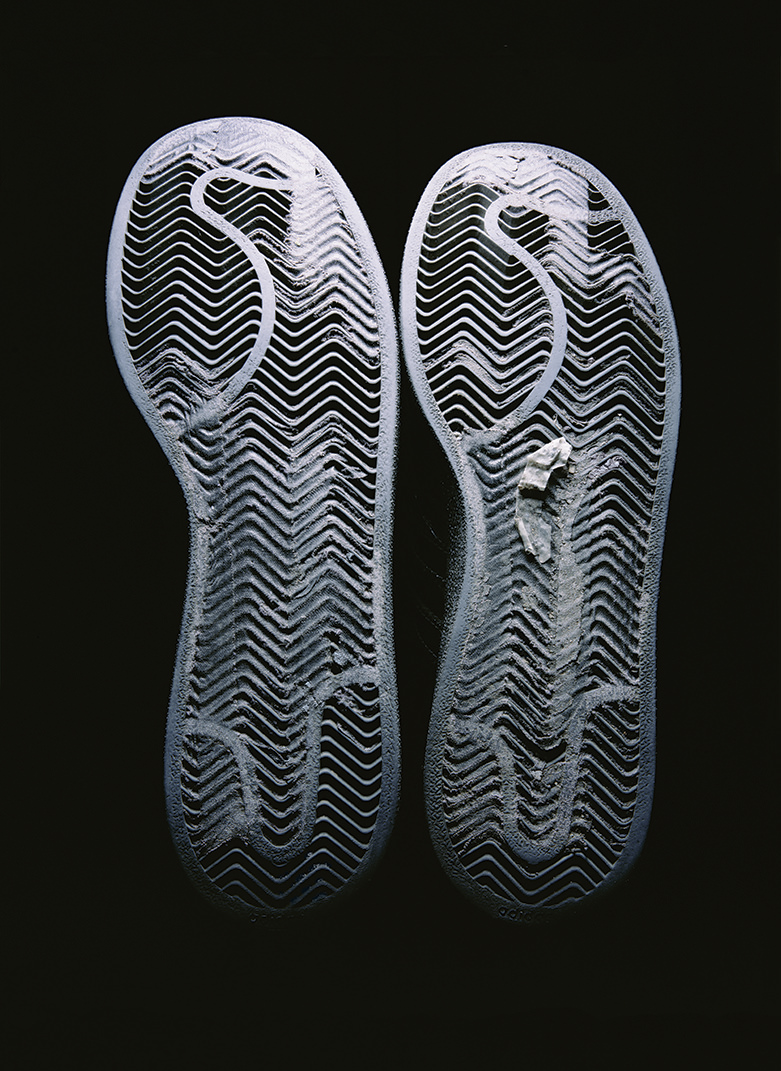 Photograph by Mitch Feinberg
Photograph by Mitch Feinberg
WW: Was there a point when you decided your identities had to drop out of this picture?
TB: Now it seems like a normal thing to have music videos without the performers, but 10 years ago that was very uncommon. And I remember when we were with PR people, just prior to signing a record, we said we are not going to show our faces, and everybody was like, “What’s going on? This is not possible.” And same thing for the videos. When we met with Spike Jonze or Michel Gondry or some of these directors at that time, I think they had started to show their creativity, and do supercool music videos at that time. But they [hadn’t] really [had] the opportunity of having a music artist say, “We don’t need to be in the video . . . just do your vision or a short dream of total freedom.” Which is completely accepted now, which is everywhere now.
WW: Do you ever miss the opportunity after all this time to kind of be able to step out from behind the Daft Punk identity and be yourself?
TB: No. We are ourselves every day. If you take the show that we did with two robots on a pyramid of lights, with tens of thousands of people dancing around and feeling like we’re all in Close Encounters of the Third Kind . . . it would have been, for me, the least interesting thing if it was two guys on a pyramid like that, where you would have some kind of cult of personality. These [robot] personas, it’s like The Wizard of Oz, it’s the little guy with the curtain. I mean, if you take Kiss, when they took off their masks — even to a certain level, in some superhero movies, where the superhero reveals its identity — it takes some of the magic.
WW: Speaking of the performance, how do you think Daft Punk has made people reconsider the difference between what’s live performance and what’s “electronic music” — what’s human, what’s machine?
TB: Our relationship with technology is very ambivalent in the fact that it’s a very strong love-hate relationship. From the social network to your music players to your telephones to your computer — all of this is wonderful and it’s completely terrifying at the same time. Even 15 years ago when we were having our studio on the stage, and all these drum machines and all these synthesizers, I think we were already asking ourselves the relevancy of live music that we’re playing by activating [and] triggering [devices] — where we seemed to be more operators of a system, you know? Where it’s the machines that play. It’s maybe transforming what seems to be a very mechanical reproduction into an emotional connection. Or a physical one. That maybe puts us into the role of an artist. It’s interesting to see how much emotion you can get out of a machine, in that sense.
WW: In Greg Milner’s book Perfecting Sound Forever, which is a history of recorded music, he describes when Thomas Edison was giving these tone tests so people could see the quality of the phonograph. People would just go and listen to a record. One newspaper wrote about how strange it was to be sitting there and applauding a machine. I wanted to ask you if that’s a strange concept anymore. How much of the machine and technology is an equal member of the Daft Punk collective? Is it strange to be applauding the technology?
TB: It’s a very vast question. I think that technology is probably a founding member [of Daft Punk]. I don’t think we could have done anything artistically without technology. In fact, it’s really computer-assisted art.
WW: You think music was one of the first art forms that kind of had that openness, thanks to technology?
TB: I think that we just seized the opportunity to find an area where there was a possibility to create, and to do things completely on our own. It couldn’t be theater, it couldn’t be video at the time; it could probably be music.
WW: So you’re saying you approached the entire Daft Punk project musically first because that was most accessible?
TB: Because that was an available process, to be able to do completely yourself, completely free of any constraint. The problem right now that with technology is that . . . I saw a USB flash drive with like 64 gigs on a small flash drive. And what it means is that now, with the popularity, the accessibility of memory, there is no limit anymore with technology. And all the 20th century has been really plagued by the limitations of technology. I think it’s a good thing to work with that limitation, creatively. It puts you in a structural canvas, because then your imagination is trying to push that limit. I think any kind of human behavior has to be put against some kind of frustration. It’s the same thing that the richest man in the world is probably very, very depressed — because he can do anything, so he doesn’t know what to do.
WW: So that’s actually a rewarding thing, not to be able to multitrack three thousand guitars.
TB: I mean, now you can.
WW: And that hurts the creative process because you don’t have obstacles to beat.
TB: There’re no obstacles. But I think what you have to learn is restraint — put your own limits. For the Beatles, if they were recording on four-tracks and eight-tracks, you would have to be very creative about how you record things, and that would lead to experimentation, to find a solution around the problem, a creative process.
WW: Where is the line between what we would consider fine art and what would be just “entertainment”? You’ve worked with Kanye West before, you’ve collaborated with him; he’s obviously an entertainer. For his last album, he did a promotional thing with the artist Vanessa Beecroft. Tomorrow, she’s doing a performance in Long Island City that he’s directing the video of. So do you think these lines between what’s fine art, what’s entertainment, what’s music are disappearing? How are you involved in that?
TB: I think that really goes back to Andy Warhol, and Pop art, where it was probably a way to make — to kind of be a bit subversive about the art crowd and the “attendant” crowd, and trying to mess around with the codes themselves — from the Velvet Underground, to the Paul Morrissey films that [Warhol] was kind of “trademarking.” All the movies directed by Paul Morrissey, which were, like, “Andy Warhol films,” but that he [Warhol] was not directing. Taking a lot of mercantile aspects, transforming marketing into art — or the opposite — would tend to blur more and more the lines between “the noble” art and “the low” consumers and industrial reproduction.
WW: Do you think since then that line has not existed so much?
TB: If you take George Lucas, for example. In the same way [as] Andy Warhol, everything that is designed in his [Lucas’s] universe — technology improvements and progress in special effects, through a maze of merchandising that goes into toy lines and things like that — on one hand people can really criticize it as a big money-making enterprise. But on the other hand, you can look at it as an artistic approach of starting from one person’s imagination and just becoming a global creative process that is obviously interlaced with the consumer society.
WW: It’s interesting when you keep mentioning Warhol because I guess the modern corollary to Warhol is Murakami, a little bit. And I guess both of them, when they ran these factories making art, they almost had other people underneath them making the art for them at times; they were kind of overseeing it.
TB: You need to look, really, at Leonardo da Vinci — it goes really far back.
WW: What I was going to ask you was: in the same sense, musically, as Daft Punk, could you ever see a time when you’re the boss of this larger collective and there’s people there making Daft Punk music?
TB: Naturally, I think what we do is much more boutique, in a way.






